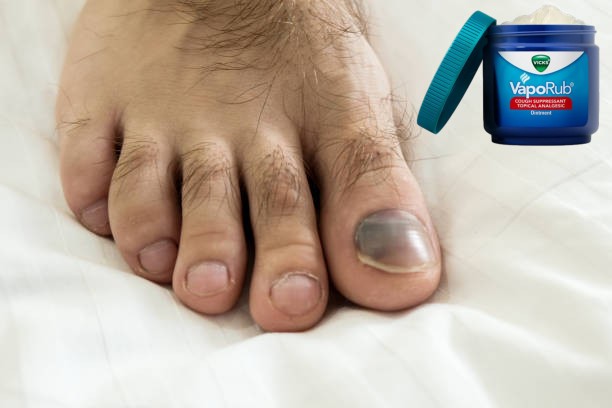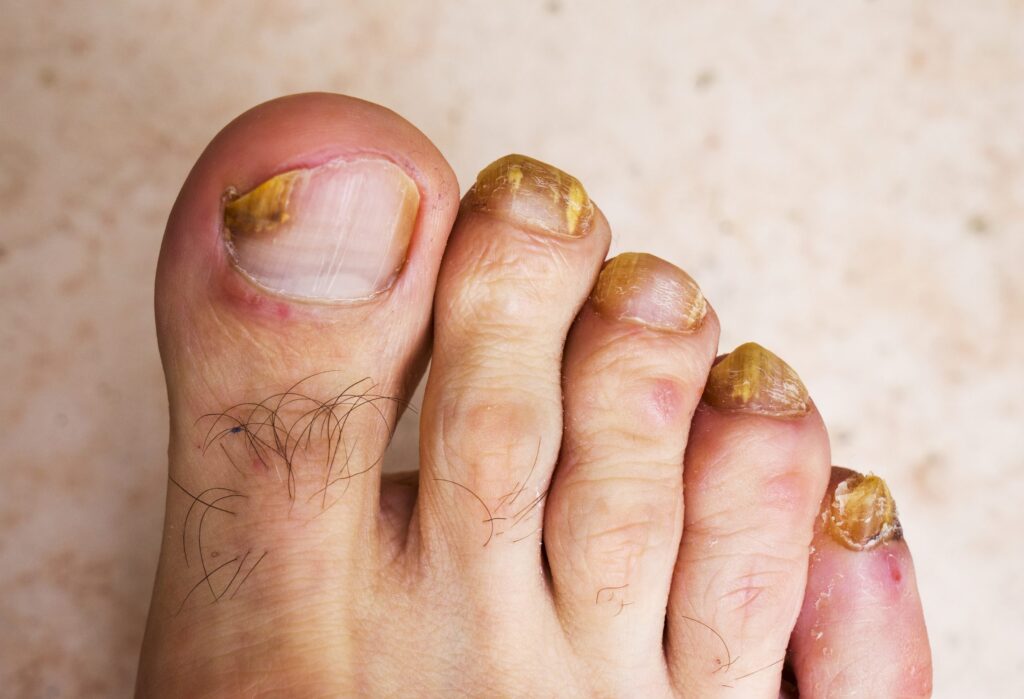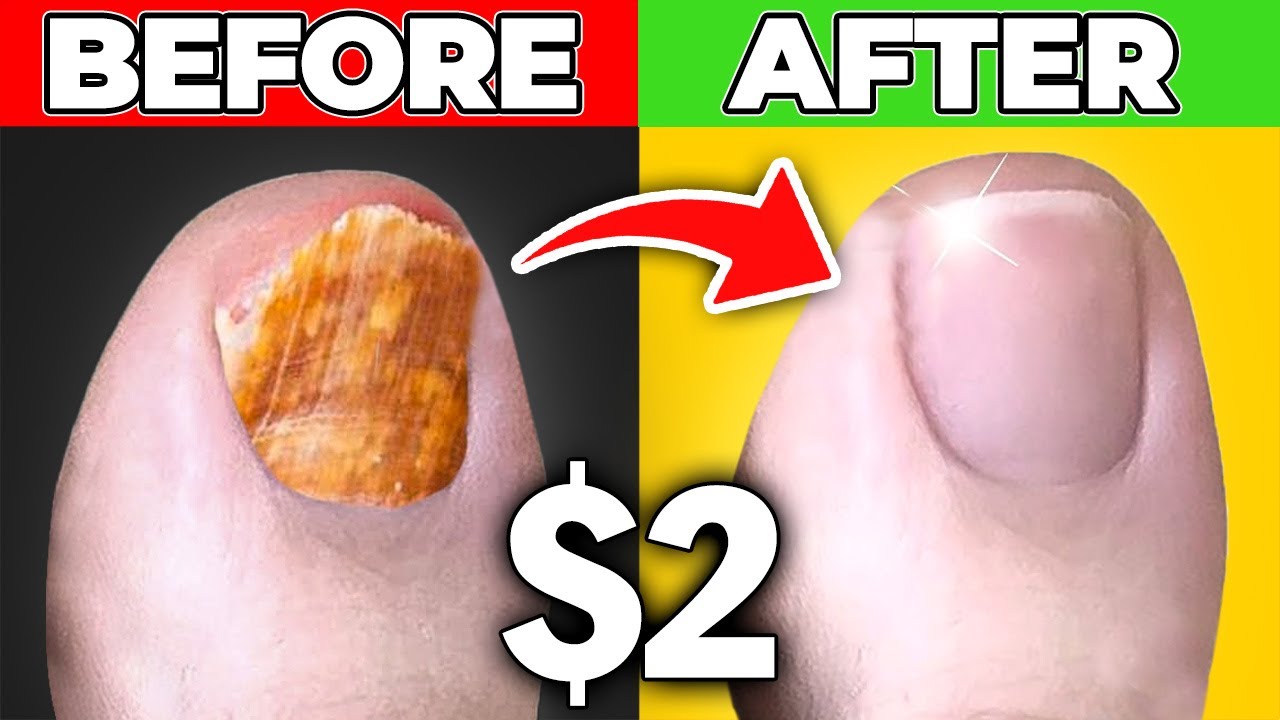Toenail fungus, also known as onychomycosis, is a persistent and often embarrassing condition that affects millions of people worldwide. Characterized by yellow, thickened, or brittle nails, fungal nail infections are notoriously difficult to treat. As a result, many individuals turn to unconventional remedies in search of relief — one such remedy being household bleach. But does bleach really work to eliminate toenail fungus? Let’s explore this controversial treatment method in detail.
Understanding Toenail Fungus and Its Causes
Toenail fungus is typically caused by dermatophytes, a type of fungus that thrives in warm, moist environments. It can also be caused by yeasts and molds. Common risk factors include:
- Walking barefoot in public showers or locker rooms
- Wearing tight or non-breathable footwear
- Poor foot hygiene
- Diabetes or immune system disorders
Fungal spores invade through small cracks in the nail or surrounding skin and gradually spread underneath the nail, feeding on keratin. Once the fungus takes hold, it can be difficult to eliminate without consistent and targeted treatment.

Why Some People Turn to Bleach for Toenail Fungus
Bleach is a strong disinfectant known for its ability to kill bacteria, viruses, and fungi on surfaces. Because of its potent antifungal properties, some believe it can be used to treat nail fungus by applying it directly to the affected toenail or soaking the foot in a diluted bleach solution.
Common Bleach Remedies for Toenail Fungus
There are two widely circulated methods for using bleach to treat toenail fungus:
-
Bleach Soak Method
- Mix 1 tablespoon of bleach with 1 gallon of water.
- Soak your feet for 10–15 minutes once a day.
- Rinse thoroughly and dry completely afterward.
-
Bleach Paste Application
- Create a paste using bleach and baking soda or petroleum jelly.
- Apply to the affected nail and leave on for a short time before washing off.
- This method is more concentrated and riskier.
However, it is crucial to emphasize that bleach is a chemical irritant, and misuse can result in skin burns, dryness, and allergic reactions. Its application should always be done with extreme caution and not recommended for prolonged use or on broken skin.
Does Bleach Really Cure Toenail Fungus?
There is no definitive scientific evidence supporting bleach as a medically-approved cure for toenail fungus. While bleach can kill fungus on hard surfaces and may reduce superficial symptoms, it does not penetrate deep enough into the nail bed where the infection typically resides. Toenail fungus is stubborn and often requires long-term treatment to completely eliminate.
Limitations of Using Bleach as a Treatment
- Lack of clinical validation: There are no FDA-approved protocols involving bleach for nail fungus.
- Surface-only effectiveness: Bleach may only treat the outer nail and fail to reach the underlying fungal infection.
- Risk of skin damage: Prolonged use may cause chemical burns or irritation to surrounding skin tissue.
- Temporary improvement: Some users report visual improvement, but symptoms return due to incomplete eradication.
Medical Treatments Proven to Work
When compared to bleach, prescription antifungal medications offer a much higher success rate for treating onychomycosis. Options include:
1. Oral Antifungals
- Terbinafine (Lamisil): Most commonly prescribed. Taken daily for 6–12 weeks.
- Itraconazole (Sporanox): Particularly effective for infections caused by yeast.
2. Topical Antifungals
- Efinaconazole (Jublia) and Ciclopirox (Penlac) are applied directly to the nail and can be effective over months of use.
- Tavaborole (Kerydin) is another FDA-approved topical agent.
3. Laser Therapy
- A non-invasive and increasingly popular treatment that uses focused light to kill fungus under the nail. Though more expensive, it has fewer side effects and promising success rates.
4. Nail Removal Surgery
- In extreme cases, partial or full removal of the infected nail may be required to access and treat the infection at its root.
Natural Alternatives That May Help
For those looking to avoid chemicals and pharmaceuticals, several natural remedies have shown potential antifungal benefits:
- Tea Tree Oil: Known for its antifungal and antibacterial properties.
- Vicks VapoRub: Contains camphor and eucalyptus, which may inhibit fungal growth.
- Apple Cider Vinegar: Its acidic nature may slow fungal spread.
- Oregano Oil: Contains thymol, which has proven antimicrobial activity.
Note: While these options are safer than bleach, they should still be used with consistency and patience, and results may vary.

Preventing Toenail Fungus Recurrence
Even after treatment, toenail fungus can return if preventative steps aren’t taken. Here’s how to keep it at bay:
- Keep feet clean and dry
- Wear breathable footwear and moisture-wicking socks
- Trim nails regularly and disinfect tools
- Avoid walking barefoot in communal areas
- Apply antifungal powders or sprays if prone to infection
Is Bleach Worth the Risk for Toenail Fungus?
While bleach is easily accessible and low-cost, its effectiveness against toenail fungus is questionable at best, and the potential side effects make it a risky DIY solution. For those suffering from moderate to severe nail fungus, consulting a podiatrist or dermatologist is highly recommended. Proven treatments — though sometimes more costly — offer a safer and more reliable path to clear, healthy nails.
Final Verdict
Bleach may offer a temporary cosmetic improvement in some cases, but it does not address the root of the infection. Considering the risk of chemical burns and the lack of medical approval, it is not advisable as a primary treatment method. For long-term, effective relief from toenail fungus, evidence-based medical treatments and proper foot hygiene remain the best course of action.


Leave a Reply to 3000+ Crystal Nails Prices Updates: Comprehensive Guide for 2025 Cancel reply